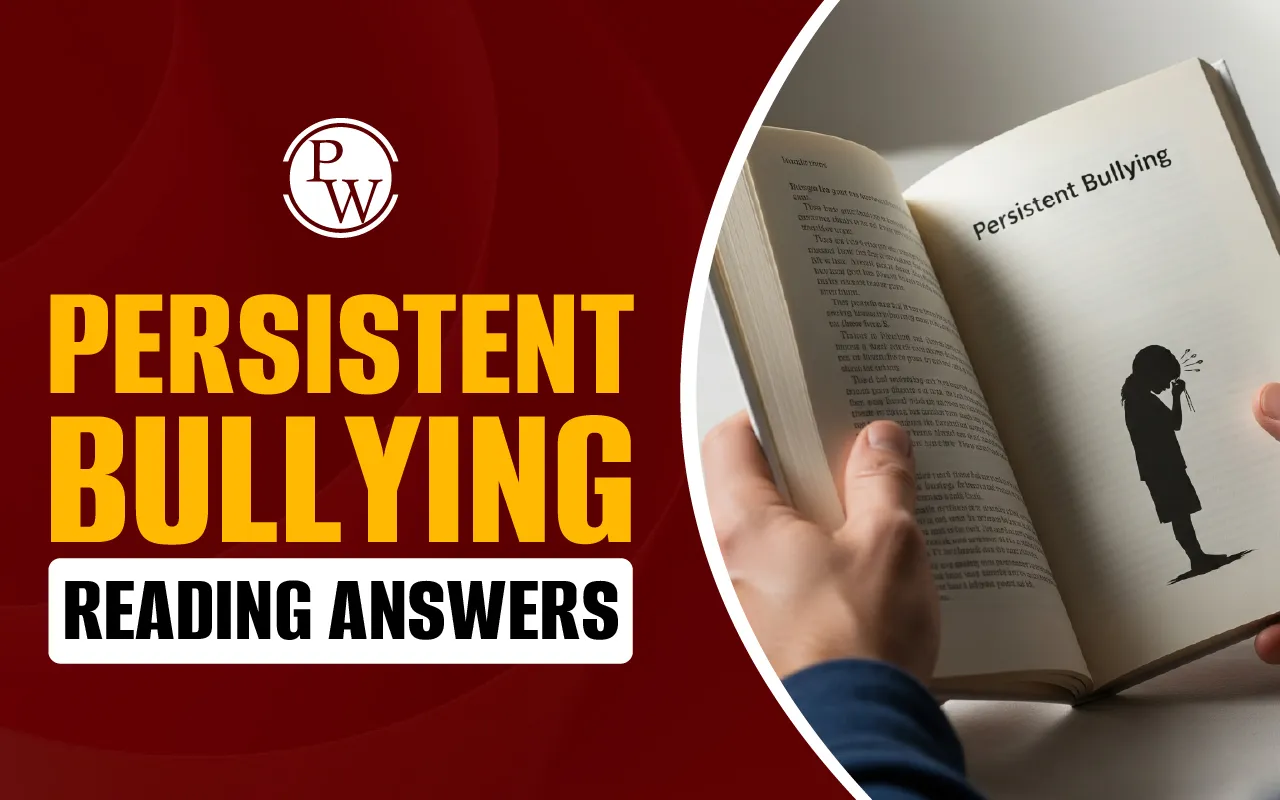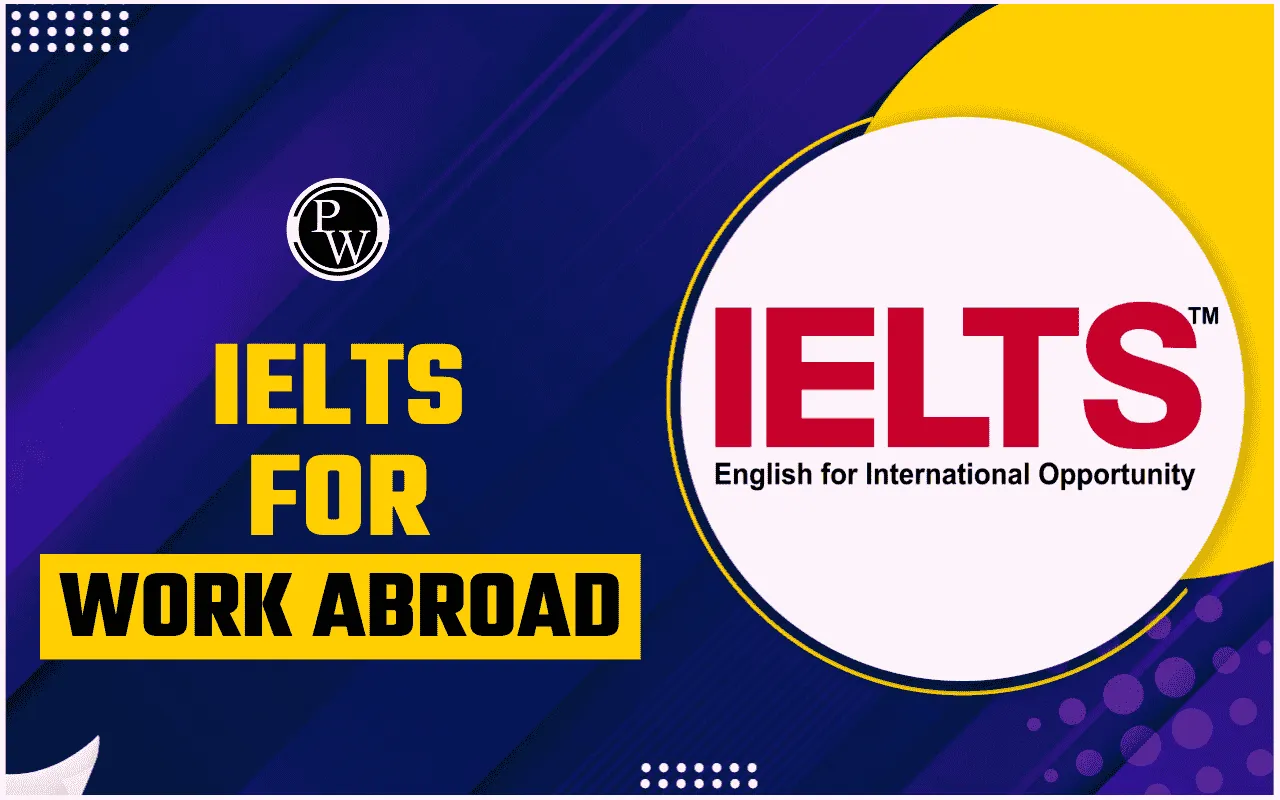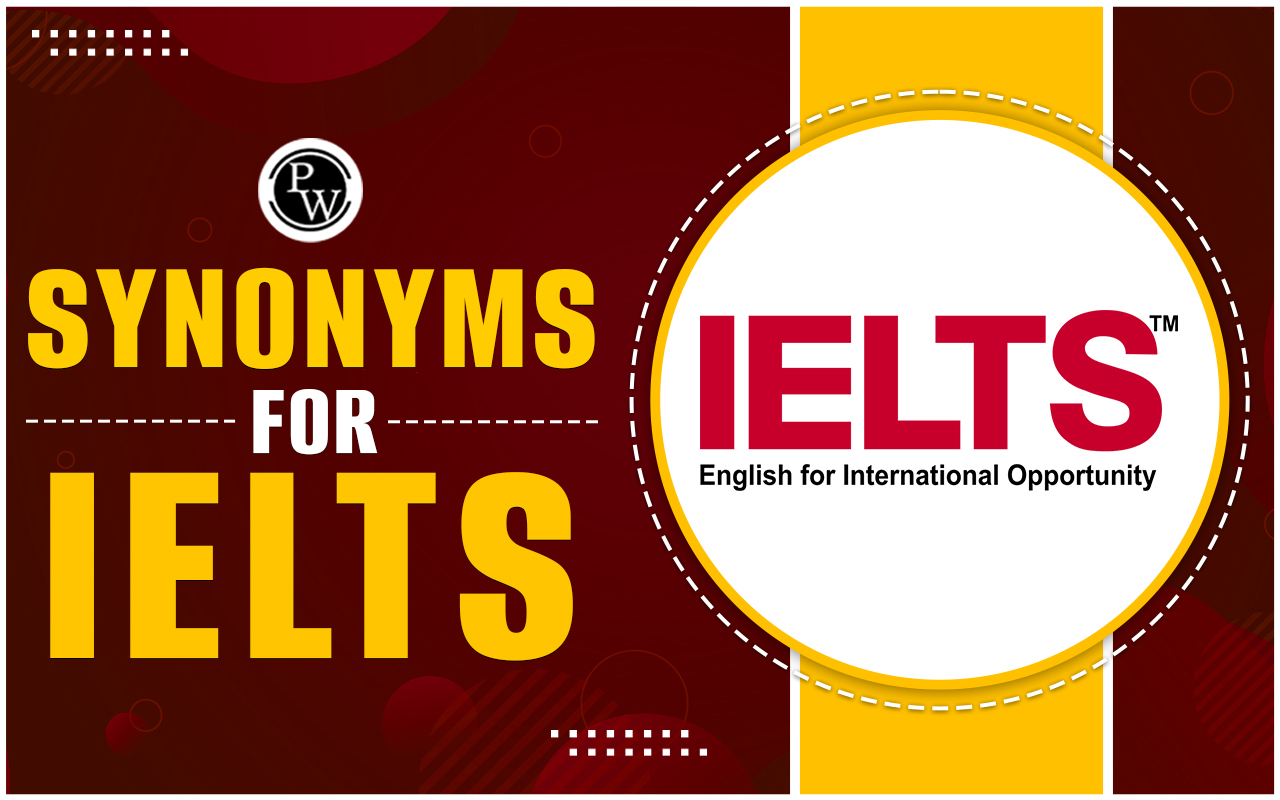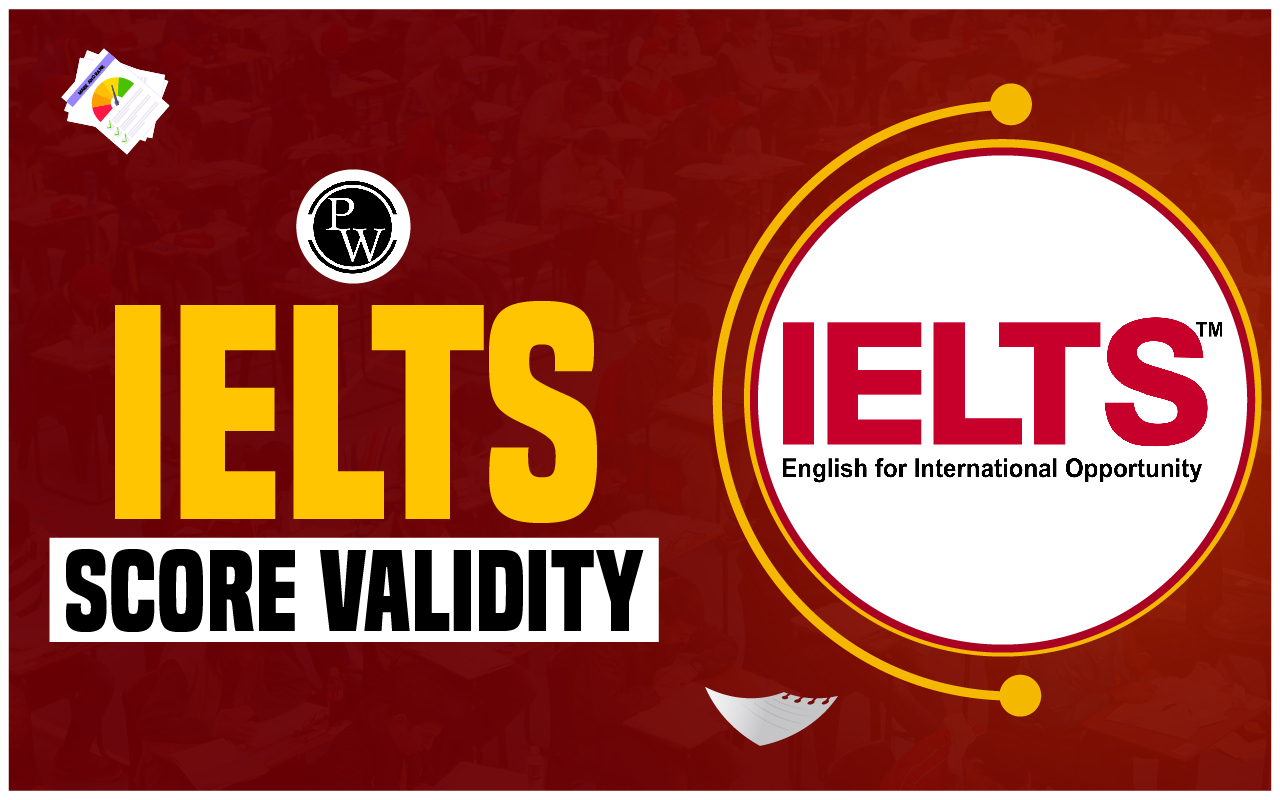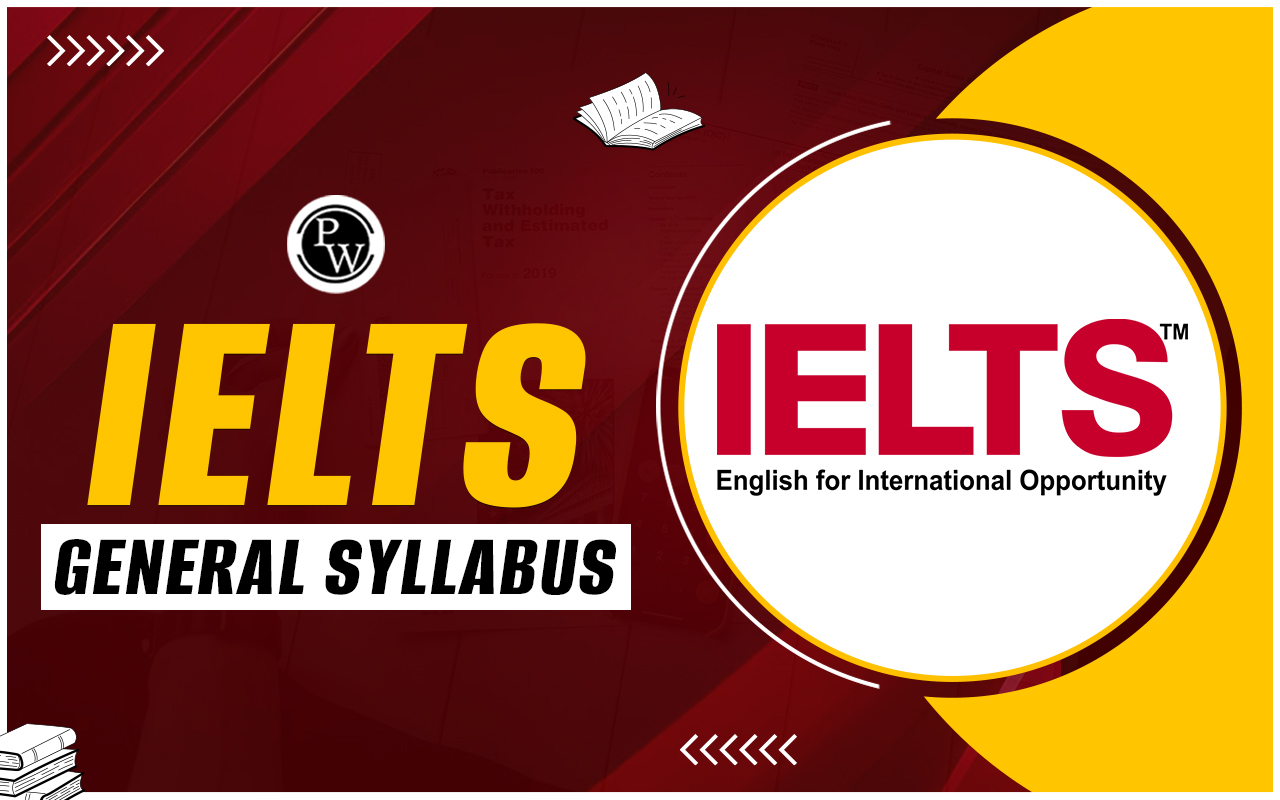
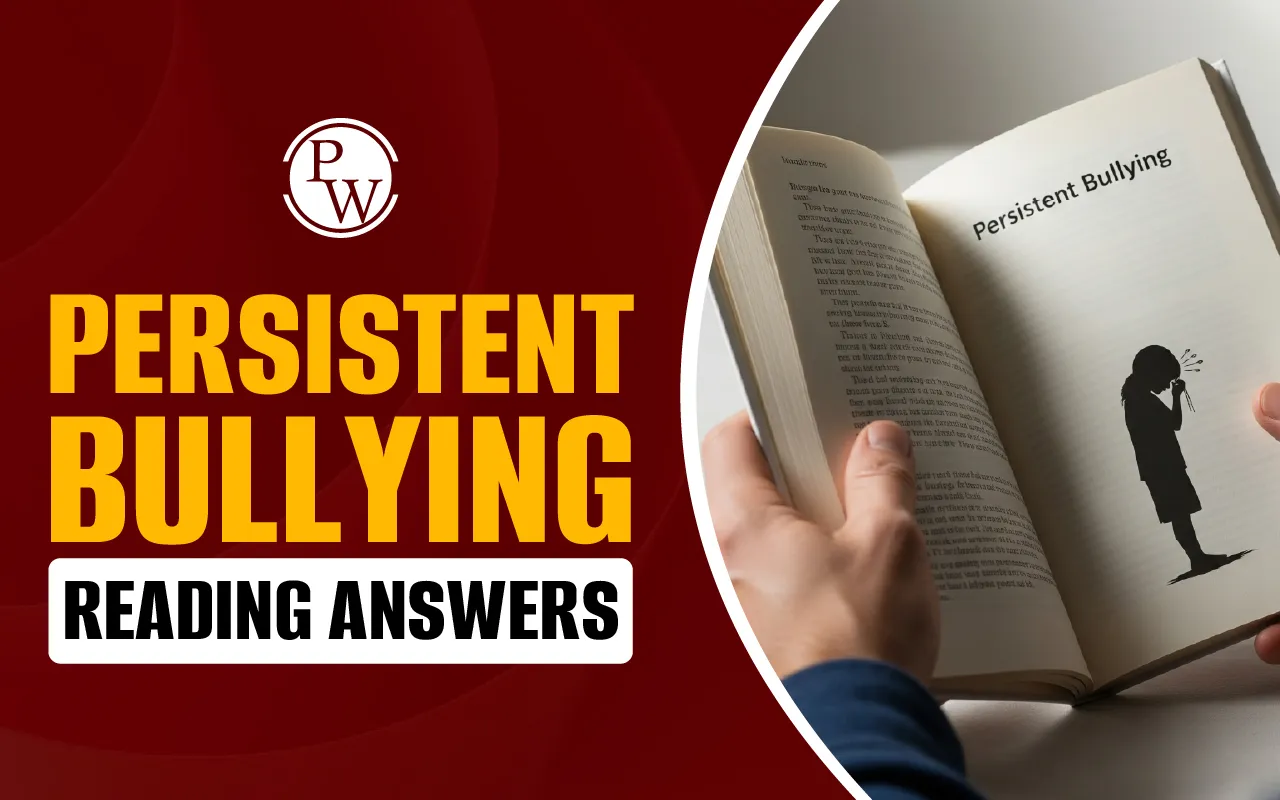
Persistent Bullying Reading Answers: The IELTS Reading test often includes passages that explore real-world social issues, and "Persistent Bullying" is a typical example that tests your ability to understand causes, effects, and solutions discussed in complex texts. This passage highlights the problem of bullying in schools, drawing on research and real-life initiatives to address it. For IELTS candidates, mastering such texts requires careful reading, identifying key details, understanding paragraph structure, and interpreting the writer’s viewpoint. Here, you will find sample questions from the passage, detailed answer explanations, keyword references, and strategies to help you confidently approach similar passages in the IELTS Reading.
Free IELTS Reading Practice Tests
Persistent Bullying Reading Answers Passage
Persistent Bullying Reading Passage
Paragraph A
Bullying can occur verbally (being called names or taunted), physically, or indirectly (not being included in social groupings). According to a study, Irene Whitney and I conducted, up to a quarter of pupils in British primary schools claimed to witness bullying, which translates to around one in ten recurring episodes. In secondary schools, bullying was less prevalent, with one in twenty-five students reporting ongoing bullying, albeit these situations may be particularly difficult to resolve.
Paragraph B
The victim of bullying could experience sadness and feelings of worthlessness as a result of the incident. Bullying is undoubtedly distressing. In extreme cases, it can even lead to someone taking their own life, but fortunately, this only occurs in extremely rare instances. On the contrary, children who were bullied by children have a negative impact. Victims of bullying as children are more likely to experience victimization as children and causing various interpersonal connection problems when they become adults. Children who engage in frequent bullying are more likely to grow up to be physically aggressive adults and to be found guilty of anti-social offenses.
Paragraph C
There seems to be not much information on the subject, and not much support for instructors to cope with bullying, until in the recent past. Perhaps, as a result, schools would frequently deny the issue. Bullying is not a problem at this school, a familiar phrase that is almost definitely inaccurate. Thankfully, many institutions now acknowledge that bullying is rare but that they have a clear policy in place to address it when it does occur.
Paragraph D
Three factors affect this change. First, assess the issue's severity. Second, Britain has several anti-bullying instruments. In 1992, the Scottish Council for Research in Education gave all schools in Scotland, England, and Wales the Action Against Bullying package. The next year, SSAT was developed. Ireland's Post-Primary Schools Anti-Bullying Guidelines were published in 1993. Third, these tools are effective and schools may produce outcomes. A study team carefully analysed "before and after" school initiatives. Following a national program, bullying decreased by 50% over the course of two years in 42 Norwegian schools. The Sheffield research, which involved seven secondary and sixteen primary schools, revealed that bullying had been eradicated in the majority of schools.
Paragraph E
According to the research, developing a bullying policy that clearly defines the word and lays out instructions for what will happen in the event of bullying, including who will be informed, what records will be kept, and what penalties will be applied, is a crucial first step. The policy should not merely be enforced from the head teacher's office but should be created through dialogue throughout time. The policy must be successfully communicated and enforced, and students, parents, and staff members should all feel included in its development.
Paragraph F
Additional steps can be done to support the policy. The subject can be covered in the curriculum in several ways, including through the use of film, theater, and literature. These are helpful for spreading awareness and work best when incorporated into the early stages of growth when the school is just starting to talk about bullying. They are helpful for updating the policy in light of experience or renewing it for new students. However, curricular development alone could only have momentary impacts; it should be a supplement to policy work, not a replacement.
Paragraph G
When dealing with individual pupils or small groups of students, there are a few different tactics that may be taken. Training in assertiveness is good for kids who are at risk of becoming victims of bullying, and some anti-bullying tactics, such as "no blame," can be effective in changing the behavior of bullies without directly addressing them. On the other hand, extra consequences can be necessary for bullies who are persistent.
Paragraph H
Work on the playground is crucial as well. A generous initial step is to educate or teach the supervisors during lunch time on how to differentiate between bullying and playful fighting among students and how to support them in resolving conflicts. Making playground renovations is another method to reduce the likelihood that pupils may attack one another out of boredom or frustration. Schools may believe that these changes will drastically decrease bullying, at least in its most severe forms. The more effort put into it and the more the entire school is involved, the more likely the results are to be significant. Certainly, a worthy goal is to reduce bullying and boost students’ happiness as a result.
Also Read:
Persistent Bullying Reading Answers Sample Questions with Answers
Questions 1–4
Reading Passage has six sections, A–F.
Choose the correct heading for each section from the list of headings below.
List of Headings
i. Effective national programmes and outcomes
ii. Institutional denial and modern policy approach
iii. The long-term effects of bullying
iv. Activities used to change student perspectives
v. A range of personal and group strategies
vi. The scope and form of bullying
vii. The importance of adult monitoring and environment
1. Section A – vi. The scope and form of bullying
-
Answer: vi
-
Location: Paragraph A
-
Reference: “Bullying can occur verbally… physically… or indirectly…”
-
Explanation: This paragraph outlines what bullying is and gives statistics, defining the range and frequency of bullying types.
2. Section B – iii. The long-term effects of bullying
-
Answer: iii
-
Location: Paragraph B
-
Reference: “Victims of bullying as children are more likely to experience victimization…”
-
Explanation: Focuses on the long-term psychological and social effects on both victims and perpetrators.
3. Section C – ii. Institutional denial and modern policy approach
-
Answer: ii
-
Location: Paragraph C
-
Reference: “Schools would frequently deny the issue... now acknowledge that bullying is rare but have a policy…”
-
Explanation: Discusses the earlier neglect and current institutional policies about bullying.
4. Section D – i. Effective national programmes and outcomes
-
Answer: i
-
Location: Paragraph D
-
Reference: “Three factors affect this change… national program… bullying decreased by 50%...”
-
Explanation: Describes national anti-bullying tools and their proven effectiveness in reducing bullying.
Questions 5–8
Choose the correct option, A, B, C, or D.
5. What does the passage suggest about the frequency of bullying in secondary schools?
-
Answer: B. Less frequent but harder to solve
-
Location: Paragraph A
-
Reference: “In secondary schools… albeit these situations may be particularly difficult to resolve.”
-
Explanation: The passage notes less bullying in secondary schools but highlights difficulty in resolution.
6. According to the passage, what should a school bullying policy include?
-
Answer: C. Clear procedures and involvement of the school community
-
Location: Paragraph E
-
Reference: “Including who will be informed, what records will be kept… students, parents, and staff members should all feel included…”
-
Explanation: A comprehensive policy involves all stakeholders and outlines clear steps.
7. What is said about using drama and literature in bullying education?
-
Answer: A. They raise awareness and aid early discussion
-
Location: Paragraph F
-
Reference: “These are helpful for spreading awareness and work best… when the school is just starting to talk about bullying.”
-
Explanation: These tools are effective in the awareness phase but not a long-term solution alone.
8. What is the result of increased playground supervision and changes?
-
Answer: D. It may significantly reduce bullying
-
Location: Paragraph H
-
Reference: “These changes will drastically decrease bullying… The more effort… the more likely the results…”
-
Explanation: Improvements to the environment and adult involvement help reduce bullying levels.
| IELTS Reading Band Score | IELTS Listening Band Score |
| IELTS Speaking Band Score | IELTS Writing Band Score |
Questions 9–13
Complete the summary below using NO MORE THAN TWO WORDS from the passage.
Summary Completion
A strong first step in combating bullying is the creation of a clear and detailed (9) bullying policy. This should define the term and outline who should be informed and what (10) records should be maintained. The policy needs to be created through discussion and supported by everyone in the (11) school community.
In addition to policy, (12) curriculum materials such as drama and books can spread awareness. However, these tools are best used in the early stages and should not replace the main (13) policy work.
-
Answers:
9. bullying policy
10. records
11. school community
12. curriculum materials
13. policy work -
Location: Paragraph E and F
-
Explanation: The answers come directly from descriptions of school policy creation and curriculum supplementation
Guidance of PW IELTS
Physics Wallah offers a few popular online IELTS courses for all students. Follow the latest IELTS articles to better prepare for the exam.
| IELTS Registration | IELTS Eligibility Criteria |
| IELTS Exam Pattern | IELTS Syllabus |
| IELTS Exam Dates | IDP IELTS Test Centers |
